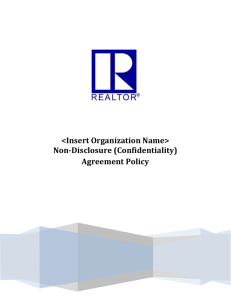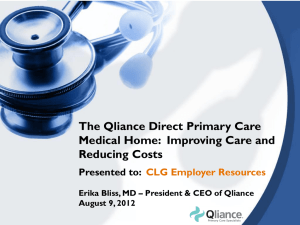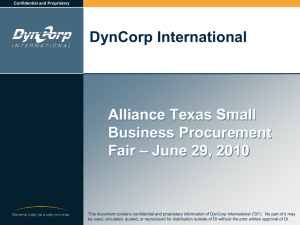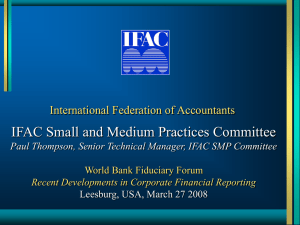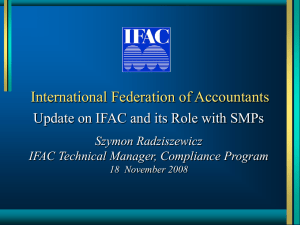Public Interest Presentation
advertisement
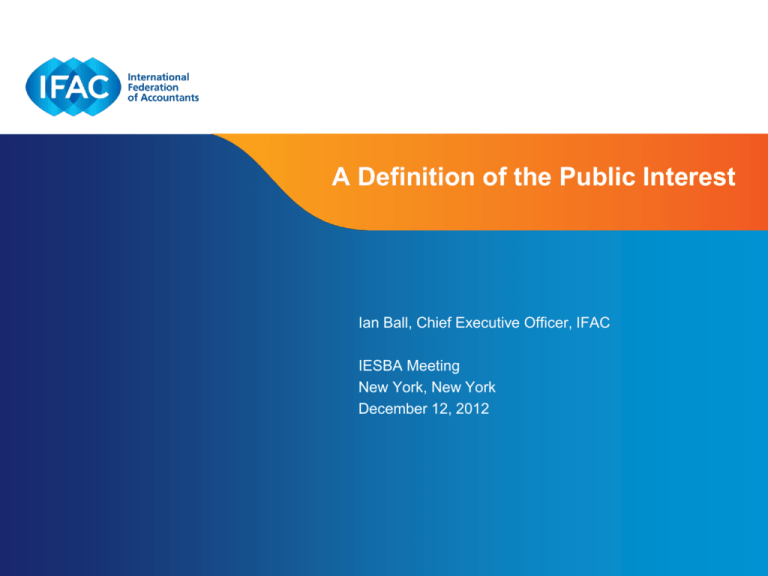
A Definition of the Public Interest Ian Ball, Chief Executive Officer, IFAC IESBA Meeting New York, New York December 12, 2012 Page 1 | Confidential and Proprietary Information The Term “Public Interest” at IFAC • • • • Mission Constitution and Bylaws Standard-setting Boards’ Terms of Reference Policy Position Papers If we are serious – we talk about it often and therefore should know, and be able to tell people, what it means. We can’t just refer to it and use it as justification for what we do. • Also, referenced throughout the accountancy profession, and beyond……. Page 2 | Confidential and Proprietary Information The Term “Public Interest” is Used by Others Page 3 | Confidential and Proprietary Information Policy Position Paper 5: A Definition of the Public Interest • Issued in June 2012, following an exposure draft in November 2010 – The final paper was responsive to the feedback received from over 30 respondents • • • • • Developed in response to a 2005 Board decision Developed in the context of IFAC’s mission Developed after review of broad range of literature Able to be applied to IFAC and the accountancy profession To enable IFAC to assess its actions, decisions, and policies • To engender discussion and debate Page 4 | Confidential and Proprietary Information IFAC’s Definition of the Public Interest “The public interest is the net benefits derived for, and procedural rigor employed on behalf of, all society in relation to any action, decision or policy.” It is both: • An outcome (the net benefits derived for society after all costs are considered) and • A process (the procedures used to consider actions, decisions, and policies). Page 5 | Confidential and Proprietary Information Policy Position Paper 5 has been Referenced in IFAC Member Body Publications ICAEW ACCA Page 6 | Confidential and Proprietary Information Policy Position Paper 5 - Features • The “public” varies depending of the action, decision, or policy, but is inclusive of: – – – – Consumers and suppliers Investors, shareholders, and business-owners Taxpayers, electorates, and citizens Future generations • The may be tension between the two assessments, which may not always be met to the same degree – There may be a balance, or trade-off, required between the two assessments Page 7 | Confidential and Proprietary Information Policy Position Paper 5 - Features • Proportionality – With respect to the importance of the matter under consideration • The private interest and public interest are not inherently opposite concepts – The distinction is often seriously misunderstood – They are not opposing concepts – all things being equal (especially in a market setting) they should be aligned – In the absence of other evidence, a profitable private company would typically be generating public benefit (acting in the public interest) Page 8 | Confidential and Proprietary Information Applying IFAC’s Definition of the Public Interest: Examples • When conceptualizing the need for new or revised professional standards and guidance as well as their impacts on society • When formulating IFAC’s strategic planning, policy positions, and budget considerations • When developing new relationships with organizations, and communicating to stakeholders and the public at large • Choosing the appropriate issues to advocate for when speaking out Page 9 | Confidential and Proprietary Information How do Others View the Public Interest? • PIOB – 2011 Annual Report – “The PIOB believes that accountancy services are in the public interest if they create net benefit for the public.” • IASB Conceptual Framework – to which some have referred IFAC ̶ ̶ The benefit: cost test should be the central objective of standard setting, not a constraint in the way it is depicted in the current framework The manner in which the benefit: cost test is incorporated into the IASB conceptual framework will create an inappropriate bias in its standard setting Page 10 | Confidential and Proprietary Information The Next Steps for the Policy Position Paper • All PPPs are “dynamic” documents that are subject to review and revisions, as thinking on topics evolves, as circumstances change, and as feedback is received. • In light of the range of diverse views on the public interest, and the expectation of considerable comment, IFAC has undertaken to review and reissue this paper two years after being issued (i.e., June 2014), and to consult with those affected by its public interest activities. Page 11 | Confidential and Proprietary Information
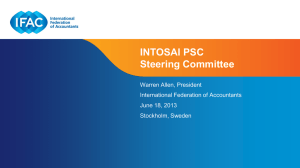

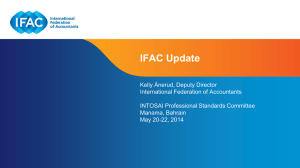

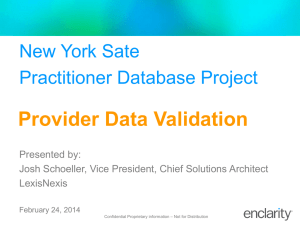
![Strategic Report * [Insert Board/Committee Acronym here]](http://s3.studylib.net/store/data/009419989_1-0cb35937fa8118d781b4192c149efd5f-300x300.png)
